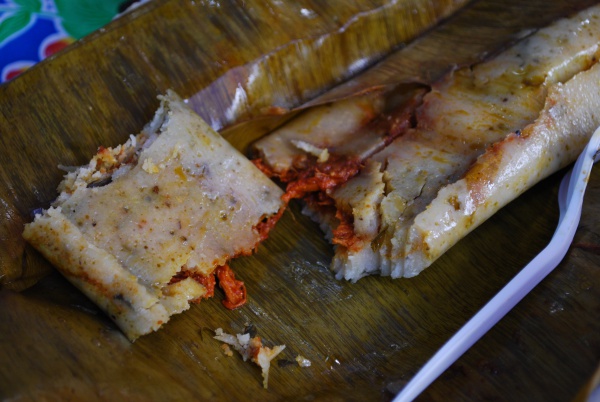Facts About Tamale
A tamale is a cherished Mesoamerican dish made from masa (corn dough), traditionally steamed in a corn husk or banana leaf. The fillings are diverse, ranging from meats and cheeses to fruits, vegetables, and chilies. Tamales have been enjoyed for centuries, with origins tracing back to ancient civilizations such as the Aztecs and Mayas. These early peoples used tamales as portable food for hunting trips and special festivals, and they even considered them sacred, often incorporating them into rituals and celebrations.
In Mexico, making tamales is a treasured cultural tradition. The process involves mixing masa with lard or vegetable shortening and broth or water, then adding a variety of fillings. The mixture is wrapped in corn husks or banana leaves and steamed until it firms up. Tamales are a staple comfort food in Mexico, commonly enjoyed for breakfast or dinner.
Guatemala also holds tamales in high regard, with many regional variations featuring different fillings. These tamales are particularly popular during holidays and celebrations. In Belize, tamales, known as "dukunu" are made with green corn. The Caribbean has its own interpretations of tamales as well; for instance, in Cuba, they’re called "tamal en cazuela" and in Trinidad and Tobago, they're known as "pastelle."
Tamales were introduced to the United States in the late 19th century and have been embraced ever since. You can find various indigenous styles, including those from the Choctaw, Chickasaw, Cherokee, and African American communities, as well as tamales influenced by Spanish traditions. In California, the Indio International Tamale Festival holds Guinness World Records for being the largest tamale festival and for making the world’s largest tamale.
In places like the Philippines and Guam, tamales have been adapted with influences from Spanish and Mexican cuisines. These versions are often made with rice dough or masa, filled with seasoned meat, and wrapped in banana leaves or corn husks. Both sweet and savory varieties can be found in these regions, sometimes even a combination of both.

 Belize
Belize